4th grade Maple Syrup Unit
Title: Maple Syrup
Author: Amy Bass & Tara Nelson
Overview / Description: Students develop an understanding of the maple syrup process from tapping trees to evaporating sap through hands-on experiences.
Advanced Preparation:
Before hands-on lessons, teach students: seasonal changes of maple trees, the anatomy of a tree (branches, roots, leaves, xylem, phloem, etc.), evaporation (changes in states of matter),
Subject(s):
Science
Social Studies
Math
Grade Level(s):
4
Learning goals/objectives:
NGSS 4-LS1-1. Construct an argument that plants and animals have internal and external structures that function to support survival, growth, behavior, and reproduction.
[Clarification Statement: Examples of structures could include thorns, stems, roots, colored petals,
heart, stomach, lung, brain, and skin.] [Assessment Boundary: Assessment is limited to macroscopic structures within plant and animal systems.]
Type of Activity (check all that apply):
- Individual
- Small Group
- Whole Class
Teaching Strategies (check all that apply or include new strategies) :
- Discussion
- Partner work
- Use of Technology
Role Playing
- Simulation
- Performance Assessment
Length of Time and length of class periods:
This unit has been planned to span a minimum of two separate half-day visits to the school forest. Each lesson within the unit is planned for a 25 minute segment of time. Our unit is run in a series of four rotations for the first visit to tap trees,
Materials List (linked if online resource please):
- 7/16” drill bit
- cordless drill
- hammers
- spiles
- collection method (bags & brackets/buckets)
- refractometers
- pre-filters
- fine particle filter
- Food safe collection containers
- flat pan/evaporator
- heat source
Directions (Step-by-Step):
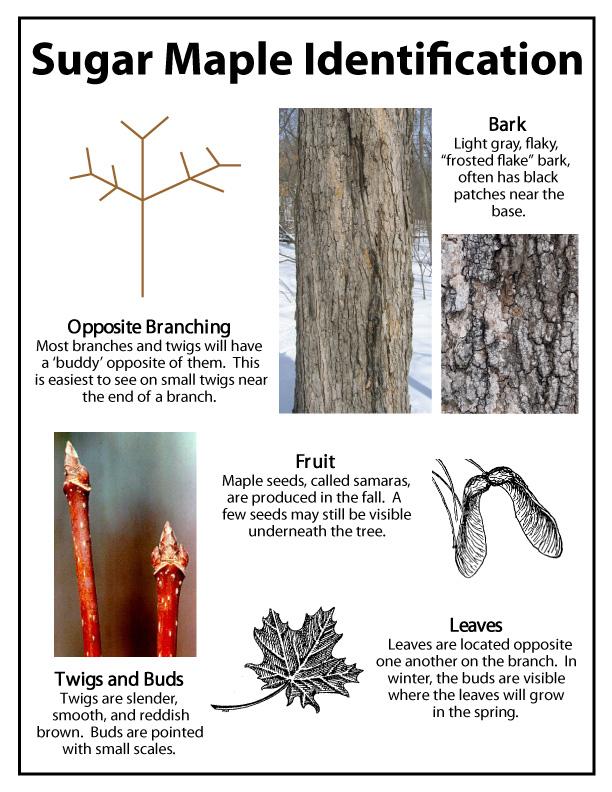
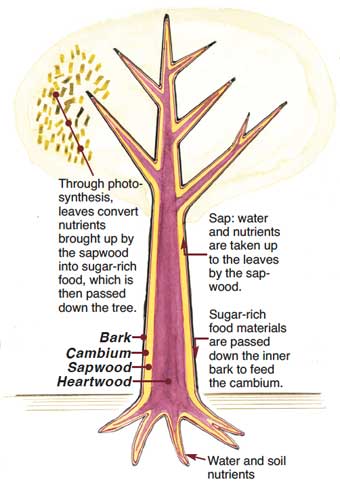
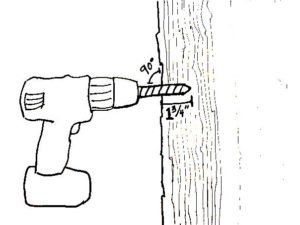
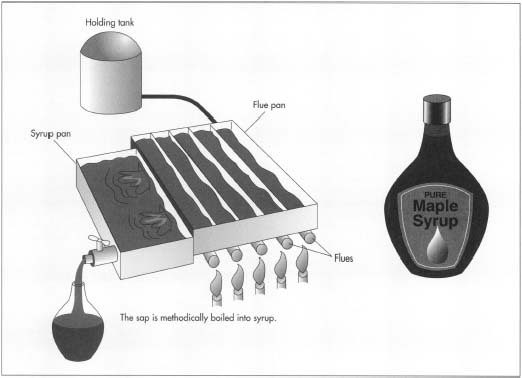
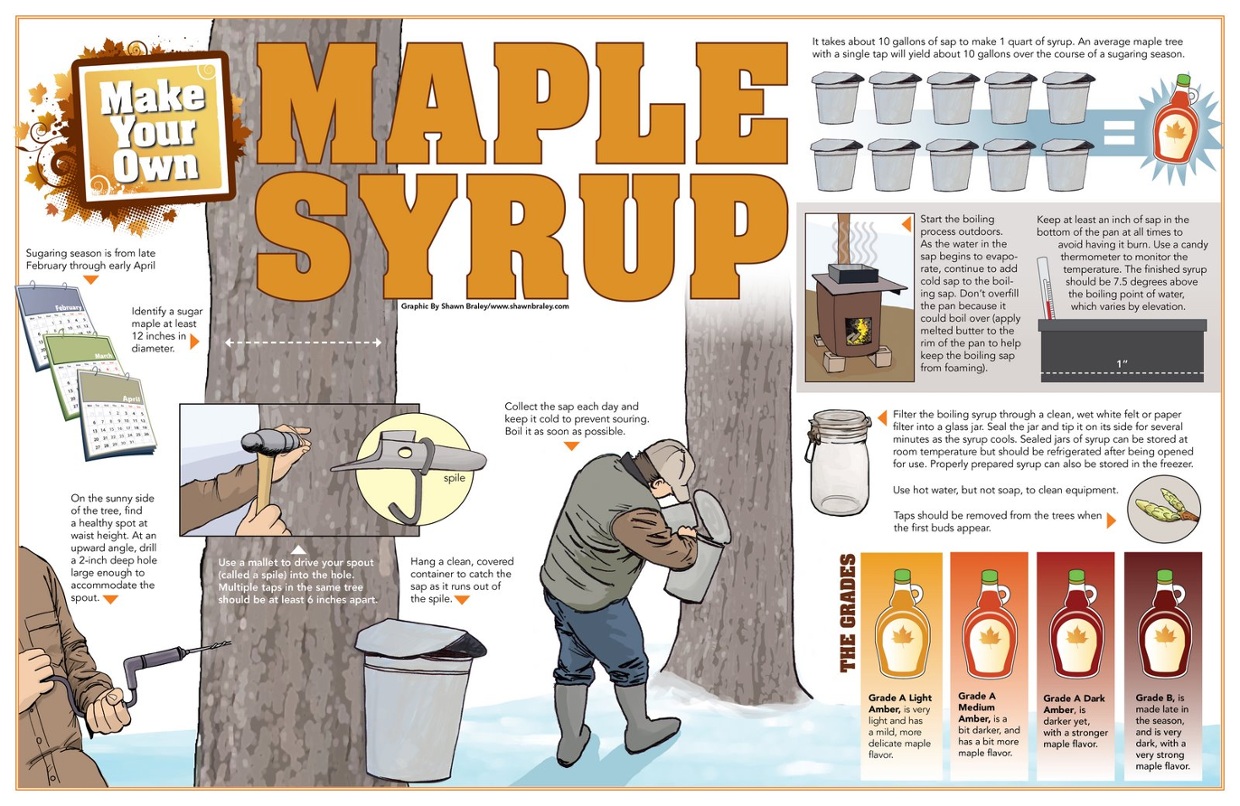
Activity
Alignment to Standards
Lesson Overview
Assessment
| Tree Identification | NGSS 4-LS1-1.Construct an argument that plants and animals have internal and external structures that function to support survival, growth, behavior, and reproduction. [Clarification Statement: Examples of structures could include thorns, stems, roots, colored petals, heart, stomach, lung, brain, and skin.] [Assessment Boundary: Assessment is limited to macroscopic structures within plant and animal systems.] | 1. Show examples of red and sugar maple leaves, branch formation, bark2. Locate trees in the woods3. Compare maple species to other tree species (ie. oak, pine, etc.)*Trees are painted with red or sugar maple leaf stencil | Use rubric to assess the following expectation.Learning Targets:Students will compare maple species to other tree species. |
| Tapping Trees | NGSS 4-LS1-1. Construct an argument that plants and animals have internal and external structures that function to support survival, growth, behavior, and reproduction. [Clarification Statement: Examples of structures could include thorns, stems, roots, colored petals, heart, stomach, lung, brain, and skin.] [Assessment Boundary: Assessment is limited to macroscopic structures within plant and animal systems.] | 1. Practice tap. Introduce proper procedures.2. Tap trees3. Taste sap4. Measure sugar content of sap5. Place bucket/bag | Use rubric to assess the following expectation.Learning Target:Students will tap a maple tree. |
| Collecting Sap, Evaporation Process | 4-PS3-2.Make observations to provide evidence that energy can be transferred from place to place by sound, light, heat, and electric currents. [Assessment Boundary: Assessment does not include quantitative measurements of energy.]4-PS3-4. Apply scientific ideas to design, test, and refine a device that converts energy from one form to another.* [Clarification Statement: Examples of devices could include electric circuits that convert electrical energy into motion energy of a vehicle, light, or sound; and, a passive solar heater that converts light into heat. Examples of constraints could include the materials, cost, or time to design the device.] [Assessment Boundary: Devices should be limited to those that convert motion energy to electric energy or use stored energy to cause motion or produce light or sound.] | 1. Gather sap from bags/buckets2. Bring to collection tank3. Observe evaporation4. Measure sugar content with refractometer5. Taste syrup Measuring Sugar Content, Measuring amount collected (ratio of sap to syrup) | Use rubric to assess the following expectation.Learning Target:Students will explain:
|
Assessment:
Students will be assessed with the following rubric based on the expected learning targets given above.
| Practical Assessment Rubric | ||
| 3 | Meets ExpectationsStudents successfully completed the activity with little to no redirection. | |
| 2 | Approaching ExpectationsStudents completed the activity with some redirection. | |
| 1 | Does Not Meet ExpectationsStudents completed the activity with many redirections. | |
Wrap-Up:
Pancake breakfast
Extension Activities:
WI History of Maple Syrup (Native Americans, pioneers, modern day)
Standard SS.Hist3: Wisconsin students will connect past events, people, and ideas to the present; use different perspectives to draw conclusions; and suggest current implications.
Standard SS.Geog5: Wisconsin students will evaluate the relationship between humans and the environment.
Making Maple Candy
Tree Aging:https://www.michigan.gov/documents/dnr/TreeAge_401065_7.pdf
http://www.tree-guide.com/tree-age-calculator
https://www.thelivingurn.com/blogs/news/79236289-how-to-determine-the-age-of-a-tree
NGSS 4-LS1-1. Construct an argument that plants and animals have internal and external structures that function to support survival, growth, behavior, and reproduction. [Clarification Statement: Examples of structures could include thorns, stems, roots, colored petals,
heart, stomach, lung, brain, and skin.] [Assessment Boundary: Assessment is limited to macroscopic structures within plant and animal systems.]
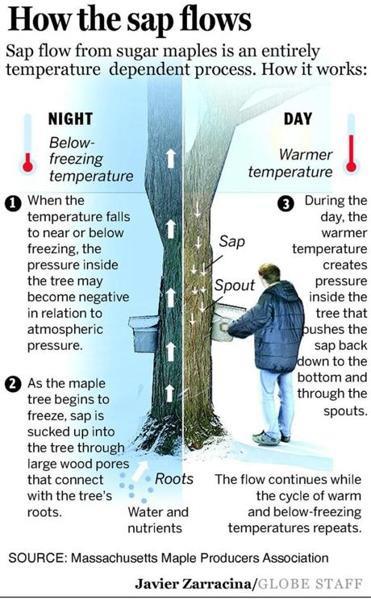
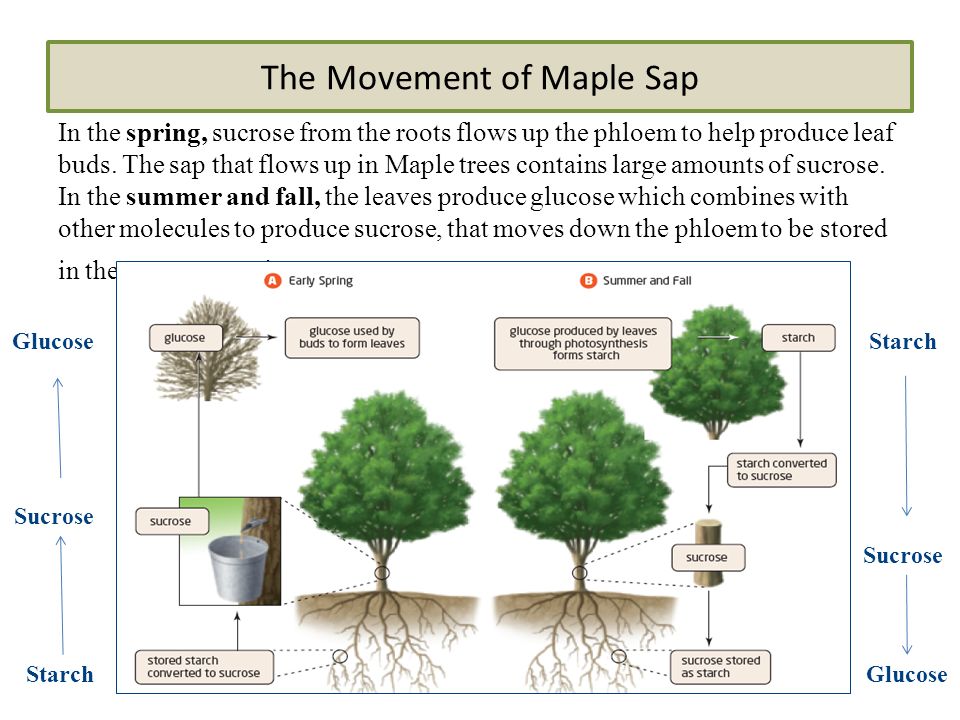
OER Commons License:
Look athttp://www.d.umn.edu/~tbates/curricularesources/MapleSyruping/LessonPlan.pdf